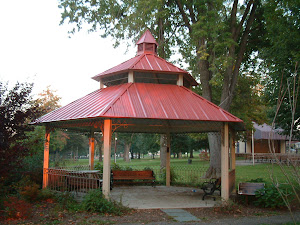I will be posting several articles of interest from the Pottstown Mercury.
If Phoenixville was not a part of this congress, they should be. The Schuylkill is our river, our resource, too!
*******
Water as a resource highlighted at recent Schuylkill congress
Amidst the danger of taking water for granted as a natural resource, a recent event held locally demonstrated the importance of planning and preservation.
The Schuylkill Watershed Congress held earlier this month at the Montgomery County Community College campus in Pottstown brought together about 200 people focused on protecting the water resources of the region.
The gathering was the fifth one held in Pottstown, a popular site because it is located near the center of the river’s 109-mile course and has a facility that can handle numerous workshops in the same building.
Each year the congress attracts enthusiastic participants, said Chari Towne, who runs the Schuylkill Watershed program of the Delaware Riverkeeper and is the congress’ primary organizer.
This year’s keynote speaker was John K. Jackson, a senior research scientist with the Stroud Water Research Center and adjunct professor at the University of Delaware and at the University of Pennsylvania. He is currently involved in a long-term effort monitoring water quality in the Schuylkill River Watershed.
Workshops held throughout the day included topics such as stormwater management, “urban stream restoration” and other obscure water-monitoring topics.
The congress also focused on local topics, such as the health of the Manatawny Creek and the effects of development pressures on the water resources of the region.
Among the revelations at the congress was the news that throughout the entire 2,000 square-mile Schuylkill River Watershed, Berks and Montgomery counties have the most land that, if developed, poses the greatest risk to a drinking water source used by more than 1.5 million Americans.
In Montgomery County, much of that land is located in the Upper Perkiomen Creek watershed and in Limerick, New Hanover and Douglass (Mont.).
Throughout the entire 1.2 million-acre watershed, 163,193 acres, or 13 percent, is already developed.
Another 16 percent, or 191,278 acres, is protected.
But it is 171,807 acres of land, or 14 percent of the overall watershed, that is of the most concern because it is vital to the health of the watershed’s streams, creek and rivers.
These acres are critical parcels vital to the biological and ecological health of the streams which feed a primary water source for Pottstown and other downstream users, the largest of which is Philadelphia.
When that land is developed, even when “best management practices” are implemented, it can often result in the stream that land feeds and filters becoming a little less healthy.
The DVRPC estimates another 65,600 acres of land will be developed between 2020 and 2030, but it only about 6,300 acres — or 10 percent of all watershed lands — where future development is likely on high priority lands.
This is where preservation efforts should be focused.
This kind of information — and the forum that the congress provided — is critical to protect water as a resource.
Tuesday, March 18, 2008
http://www.pottsmerc.com/WebApp/appmanager/JRC/Daily?_nfpb=true&_pageLabel=pg_article&r21.pgpath=%2FPTM%2FOpinion&r21.content=%2FPTM%2FOpinion%2FTopStoryList_Story_1752496
Subscribe to:
Post Comments (Atom)


No comments:
Post a Comment